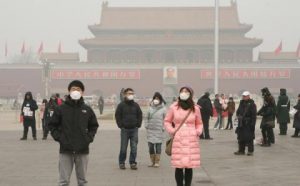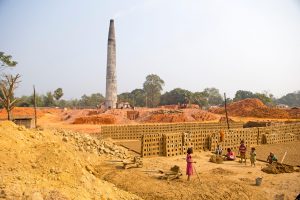The new air pollution plan, launched during the summer, is tougher and covers a wider geographical area than the equivalent measures of the 12th Five Year Plan in 2011. It includes checks on local government, the proposed use of economic levers to reduce pollution, and a focus on industrial restructuring.
Its positive impact has already been seen: in the two months since its release local governments have been coming up with their own implementation programs.
But Zhao Lijian, head of The China Environmental Management Program at the Energy Foundation, told chinadialogue more attention was needed in many areas. Some of the measures are not quantified or specific enough, and those that are – reducing both coal’s contribution to China’s energy structure to under 65% and cutting PM2.5 levels by 25% in the Bejiing-Tianjin-Hebei region by 2017 – may fail due to a range of practical factors.
Zhao says that cutting PM2.5 level by so much will require reductions from all PM2.5 sources of more than 25%. As for reducing coal use, the aim is to bring it to a peak in the main coal-burning areas within five years, and then to reduce it by varying degrees. In August 2013, Jiang Kejuan, a researcher at the NDRC’s Energy Research Institute, told Xinhua that with energy-hungry industry approaching its maximum size, a peak to coal consumption could be predicted for 2015, followed by a gradual fall. But Zhao thinks there is still plenty to be done if that is to become a reality.
Zhao lists four key factors which will determine whether the plan succeeds: First, the power of law enforcement and in particular how severe punishments are. This will require a revision of the law on air pollution. Second, how able are local governments to implement these measures?
“Many local governments have no experience of reducing pollution, and this is a task requiring a scientific and systematic approach,” said Zhao.
Also, openness of data and public supervision are essential. Finally, the use of economic measures to reduce coal use needs to be looked at more closely – in particular, can reform of coal taxation increase the cost of using coal and thus reduce its use?



![Up to one million Amur falcons are concentrated in Nagaland on their migration route to southern Africa. Doyang reservoir, Nagaland [image by: BIOSPHOTO / Alamy Stock Photo]](https://dialogue.earth/content/uploads/2013/11/JR2TMB-300x200.jpg)